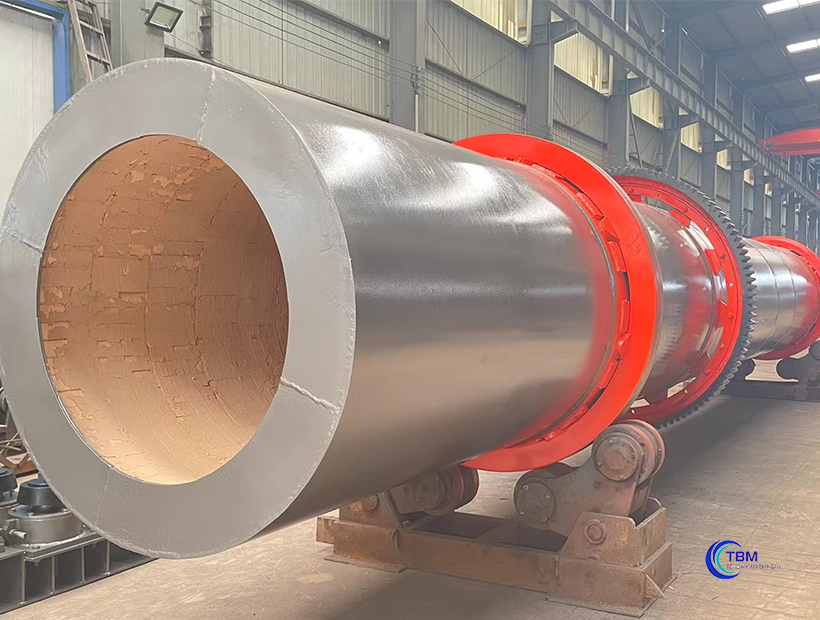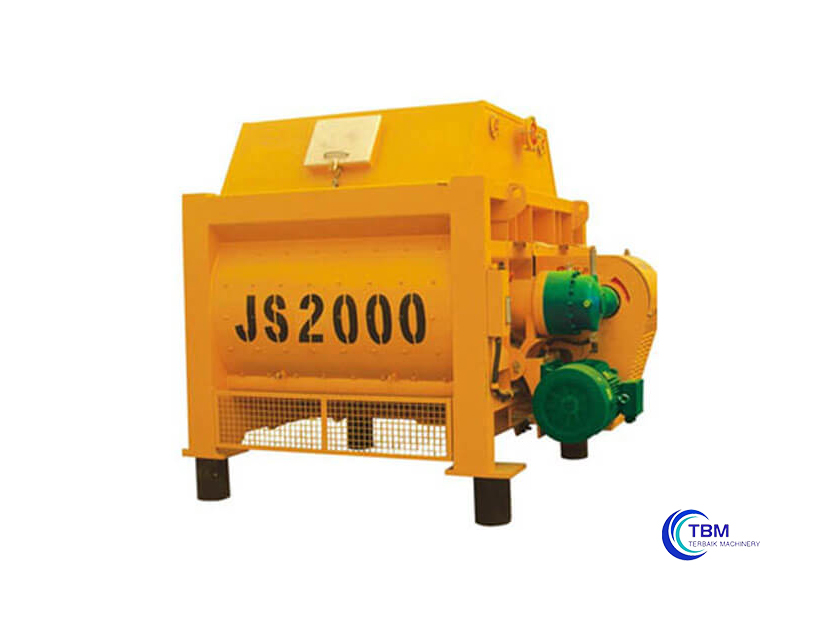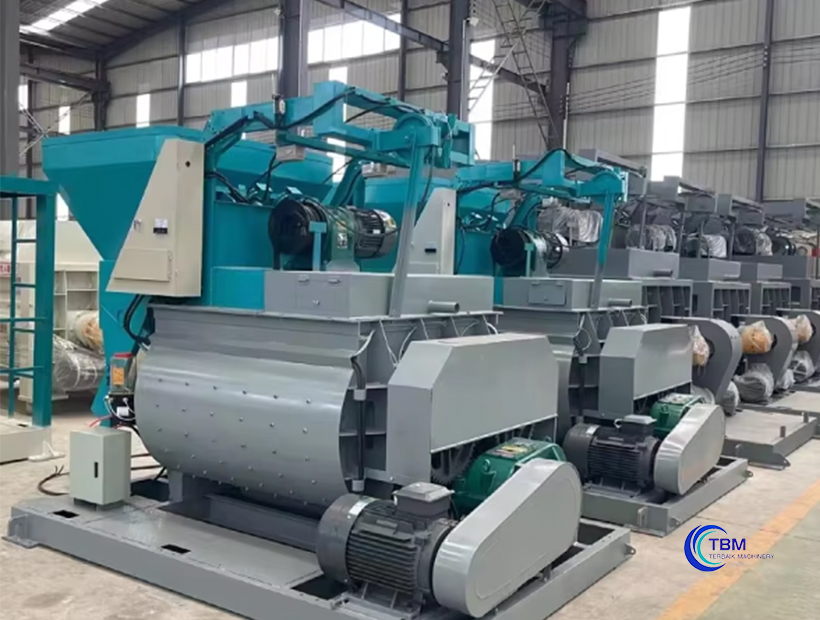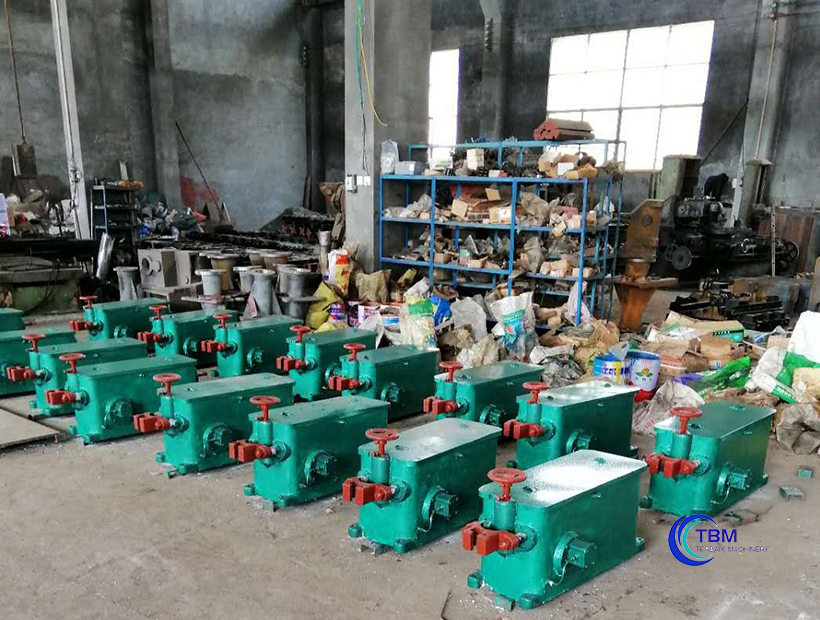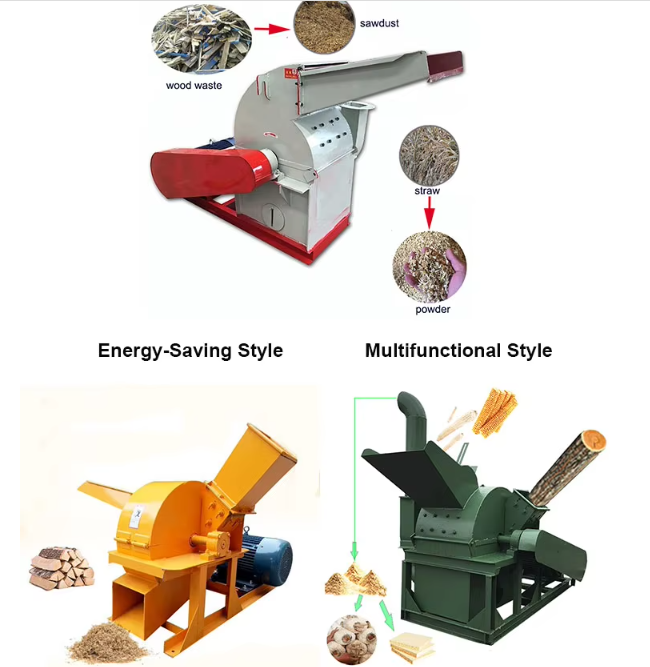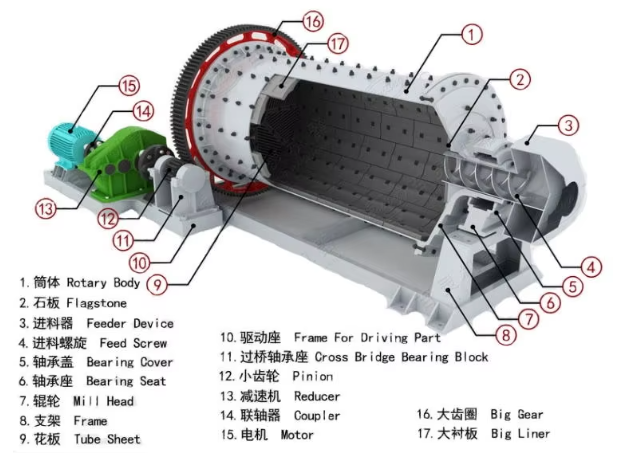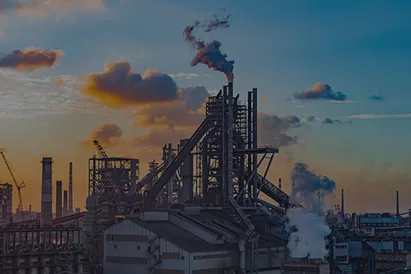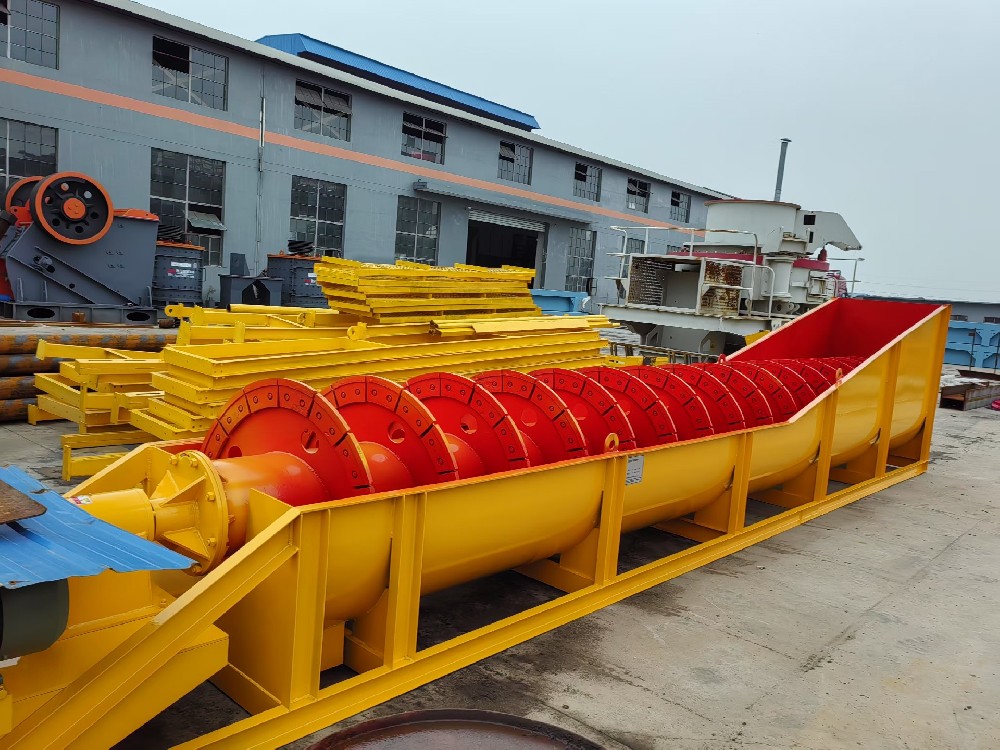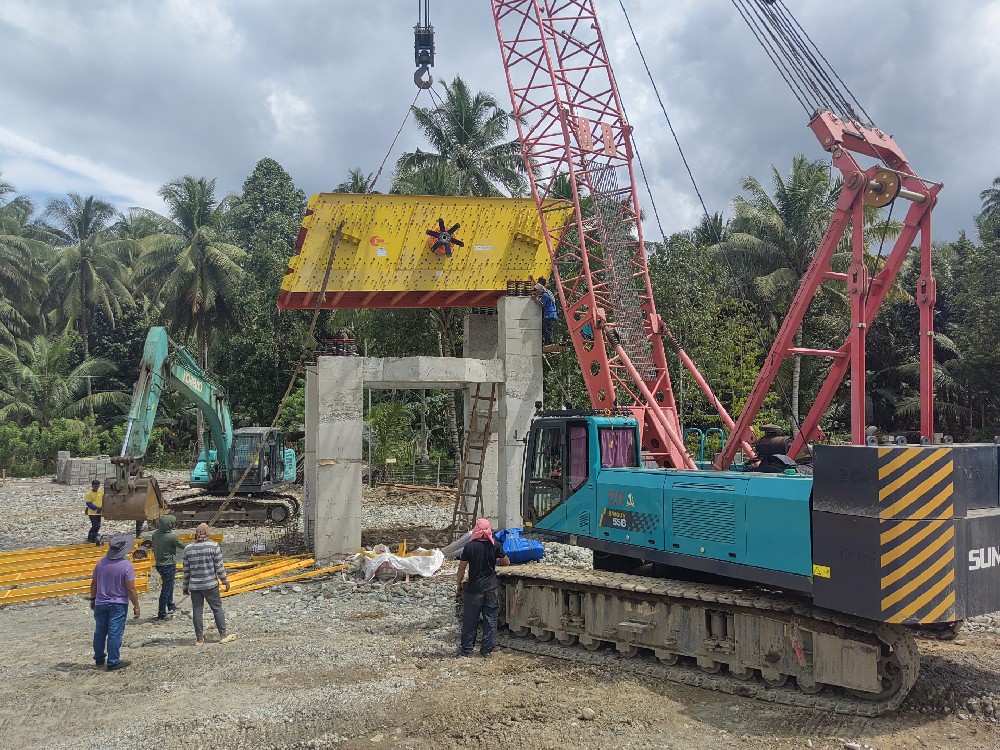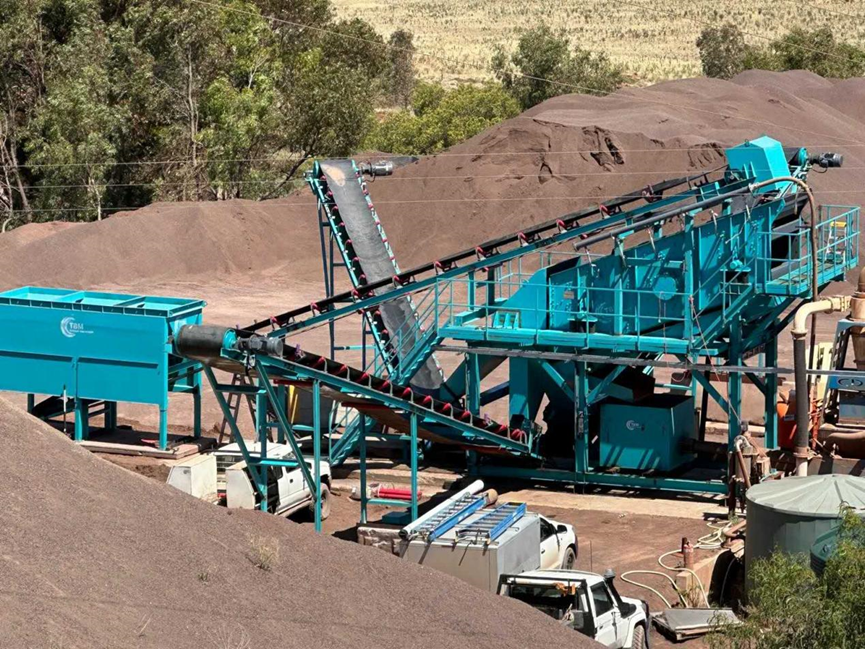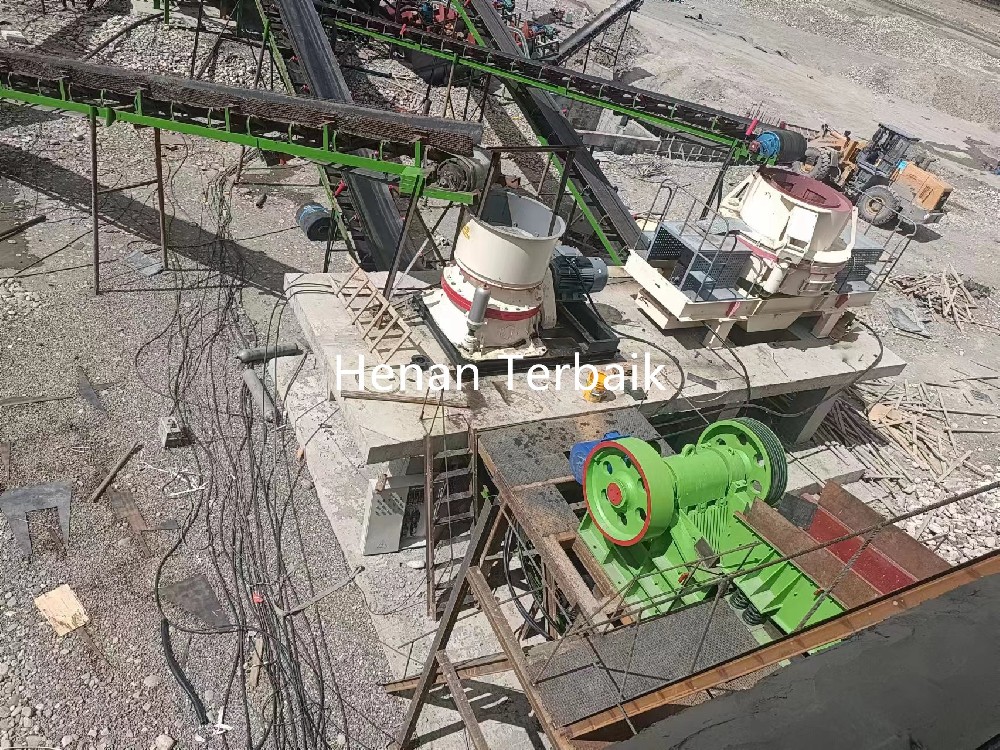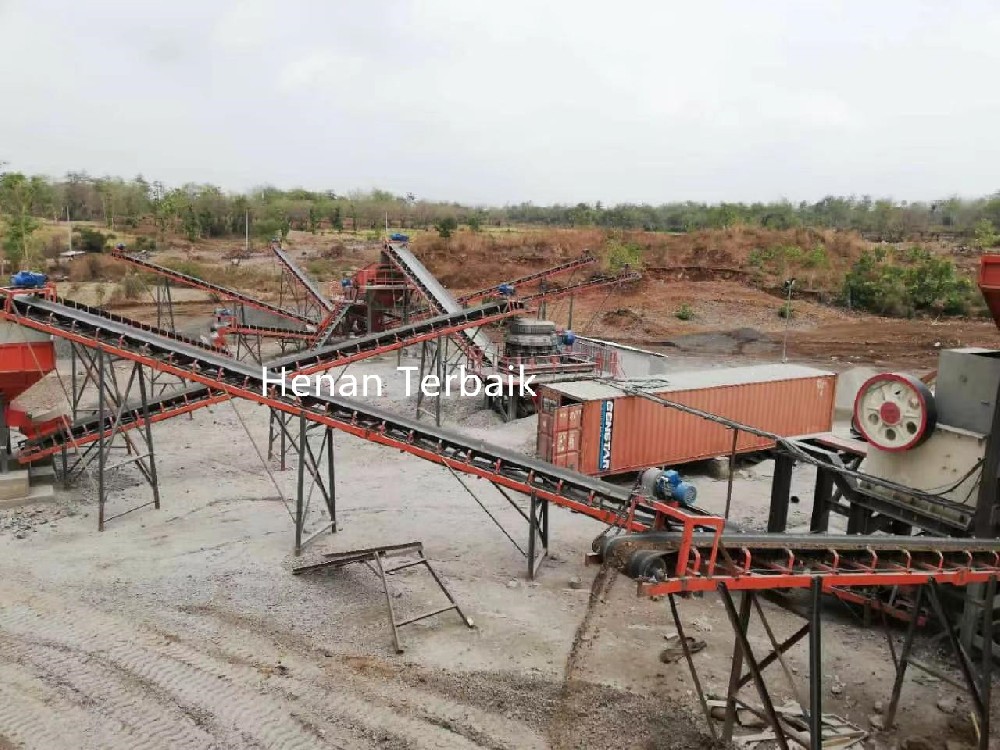Rotary kilns are indispensable in various industrial applications, serving as a key piece of equipment in processes such as cement production, lime manufacturing, and waste incineration. Understanding the Rotary Kiln process and its functionalities can help businesses improve efficiency and reduce operational costs. In this article, we will discuss the uses of Rotary Kilns, the Rotary Kiln incinerator function, common disadvantages, pricing information, and why chains are used inside these machines.
What Are Rotary Kilns Used For?
Rotary kilns are cylindrical, rotating devices used for high-temperature processing. These kilns are used in a wide range of industrial applications, including:
Cement Production: Rotary kilns are essential in the production of cement, where they heat and convert raw materials into clinker, the main ingredient in cement.
Lime Production: Rotary kilns are used to convert limestone into quicklime, which is essential for various chemical processes.
Waste Incineration: Rotary Kiln incinerators are used to dispose of hazardous waste by converting it into less harmful materials.
Metallurgical Processes: Rotary kilns are employed in the production of various metals, including zinc, titanium, and copper, through processes like roasting and sintering.
Chemical Processing: Rotary kilns also serve as reactors in chemical processing for applications such as sulfur recovery and drying.
The Rotary Kiln process involves heating materials to high temperatures in a rotating drum, which ensures efficient mixing and heat transfer. This process is vital for producing materials with the required chemical or physical properties for industrial use.
What Are the Disadvantages of Rotary Kilns?
While Rotary Kilns offer numerous benefits, such as high efficiency and versatility, they also come with a few disadvantages:
High Energy Consumption: Rotary kilns require significant energy to operate due to the high temperatures needed for processing materials. This can result in high operational costs.
Wear and Tear: The continuous rotation of the kiln can lead to mechanical wear and tear, increasing the need for maintenance and replacement of parts.
Environmental Impact: In some applications, such as waste incineration, rotary kilns may produce emissions that need to be properly managed to minimize environmental harm.
Size and Cost: Rotary kilns can be large and expensive to install and maintain, which may be a challenge for smaller businesses or startups.
Despite these challenges, the Rotary Kiln remains a critical tool for large-scale industrial processes, making it a popular choice for many industries.
How Much Is a Rotary Kiln?
The Rotary Kiln price varies depending on several factors, including:
Size and Capacity: Larger kilns with higher processing capacities will generally cost more.
Material: High-quality materials used in the construction of the kiln can increase the price.
Features: Kilns with additional features such as advanced automation or specific temperature control systems may be more expensive.
Manufacturer: The cost can also depend on the manufacturer and the quality of their products.
At Henan Terbaikmachinery, we offer competitively priced Rotary Kilns that meet the diverse needs of industries worldwide. We provide cost-effective solutions without compromising on quality, ensuring your business can benefit from the best in rotary kiln technology.
Why Are There Chains Inside a Rotary Kiln?
The chains inside a Rotary Kiln serve a vital role in ensuring the smooth operation and efficiency of the kiln process. Here's why they are used:
Heat Distribution: Chains help in distributing heat evenly across the materials inside the kiln, improving the overall efficiency of the heating process.
Material Movement: As the kiln rotates, the chains assist in moving the material around, ensuring consistent exposure to heat and preventing clumping.
Preventing Blockages: The chains help break up any material build-up that may occur due to high temperatures or uneven mixing, reducing the risk of blockages in the kiln.
Improved Mixing: The chains aid in better mixing of materials, which is essential for achieving uniform product quality in many industrial applications.
The inclusion of chains inside the Rotary Kiln ensures that the materials are properly treated and that the kiln operates at peak efficiency, reducing downtime and maintenance costs.
Conclusion
Rotary Kilns are essential in many industries for high-temperature processing, including cement production, lime manufacturing, and waste incineration. By understanding the Rotary Kiln process and its diverse applications, businesses can optimize their operations and reduce costs. However, like any machinery, Rotary Kilns come with some disadvantages, including high energy consumption and maintenance needs.
At Henan Terbaikmachinery, we specialize in manufacturing high-quality Rotary Kilns at competitive prices. Whether you're looking for a Rotary Kiln incinerator, a standard Rotary Kiln, or custom solutions for your specific process, we provide the expertise and equipment you need.
Contact us today for more information about Rotary Kiln for sale, Rotary Kiln prices, and how we can help enhance your industrial operations with top-notch rotary kiln technology.




